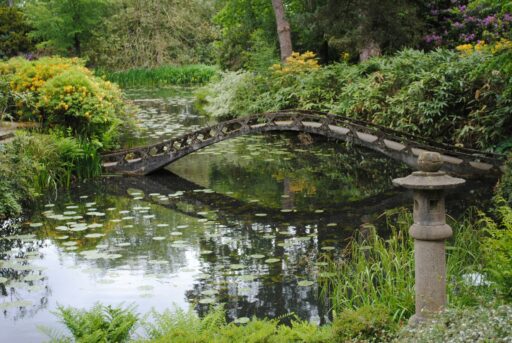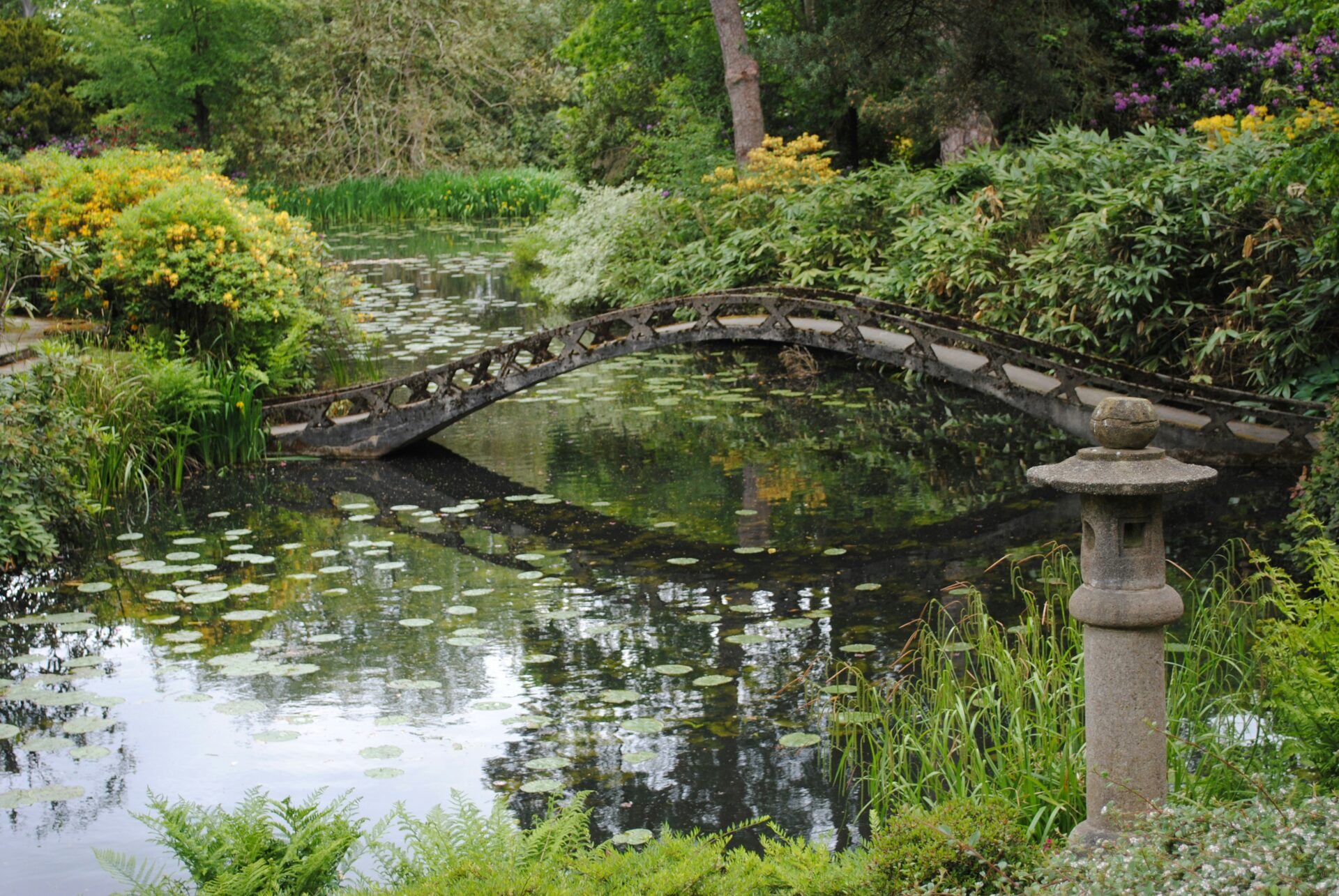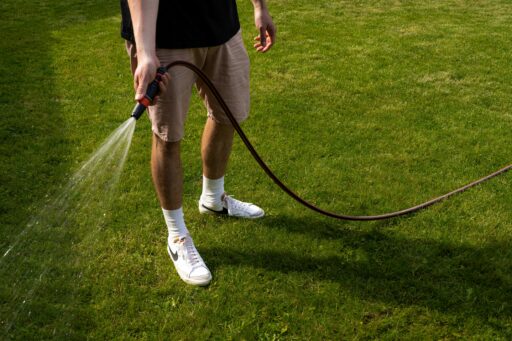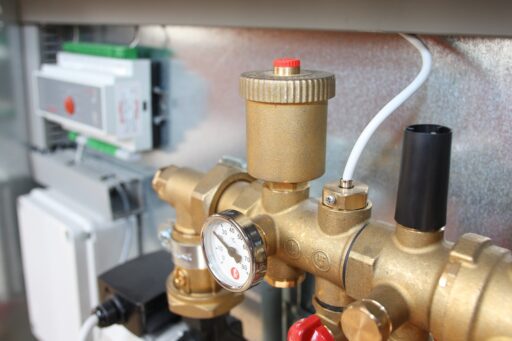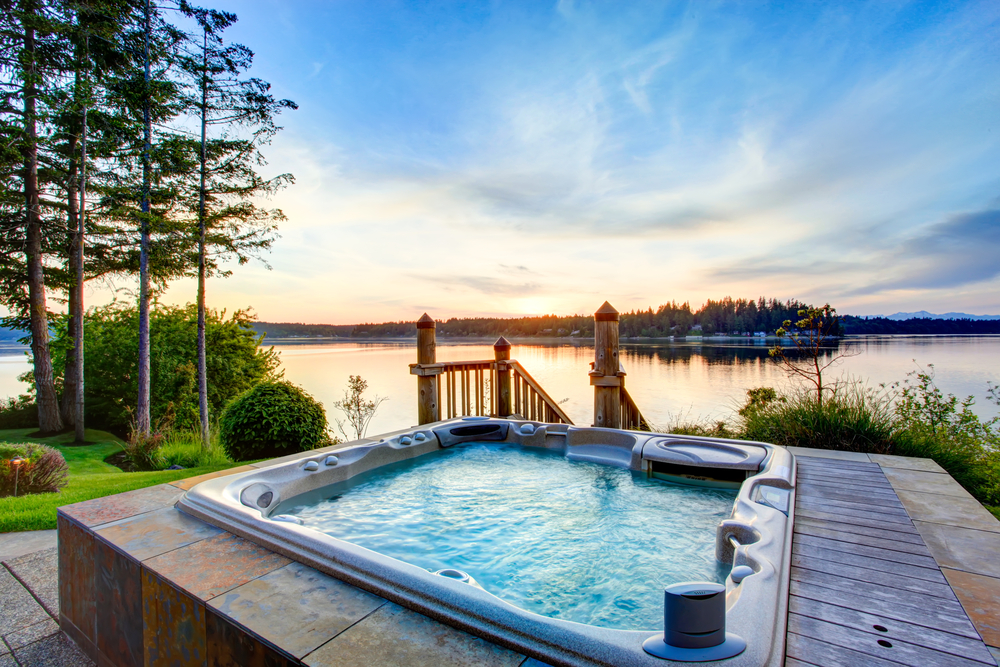As spring takes hold, we often start to think about the garden – anything from simply mowing the lawn to planning some major changes. In the case of the latter, you may be thinking about adding a water feature. To create a healthy environment for animal and plant life, you need to ensure the water flows so that it is properly aerated and the best way of doing this is with a pump; however, with so many types of pond pumps available, how do you make sure you choose the right one?
Flow rates
One of the first things to consider when choosing a pump for a pond is the amount of water flow you need. It is easy to assume you don’t need very much, with pumps usually quoting their output in gallons per hour (GPH). A pump that delivers 1,000 GPH might sound impressive; however, this equates to just two pints a second. Spread across even a quite modest waterfall, this will produce a disappointing trickle.
You also need to consider the size of the pond. It is generally accepted that you want all the water in the pond to circulate once every two hours; therefore, a 2,000-gallon pond will need at least a 1,000 GPH pump.
Keeping fish
If you are planning to have fish in your pond, you will need a greater flow rate because you will need filters to keep the water clean. To keep the fish healthy, you will generally need twice the flow rate of a pond that does not have fish.
What size pond pump do you need?
Once you have worked out how much flow you need, you might think it is simply a matter of getting a pump that can deliver the appropriate GPH; however, there is a bit more to it. You have to consider the ‘head’, which is the distance over which the pump has to lift the water.
The greater the head, the less actual flow the pond pump will deliver; for example, a 15-foot head will roughly halve the GPH you actually get. You can make a rough calculation of the head by adding one foot for every foot in height, one foot for every 10 feet of pipe run, two feet for a 90-degree bend and one foot for shallower bends.
Most pump makers produce a performance chart; therefore, armed with your flow rate and head information, you can calculate how big a pump you need. Pipe diameter is also important here. Greater water flows need larger diameter pipes, otherwise the pump will have to work much harder to push the water through the pipes.
Running costs and reliability
You can work out how much the pump will cost to run by taking the manufacturer’s wattage rating, dividing it by 1,000 and multiplying this by the number of hours per month the pump will be running. This will give you a figure in kilowatt-hours (kWh). Your cost per kWh will he shown on your electricity bill, which will enable you to calculate the running costs.
The health of your pond depends on a working pump; therefore, make sure you choose a reliable brand. Look at online customer reviews and also consider the length of the warranty supplied with the product.
By choosing carefully and taking into account all the above factors, you can ensure that your pond pump will deliver many years of reliable service and you can sit back and enjoy your water feature. Find the right pump for your pond now.

